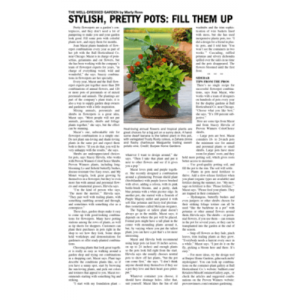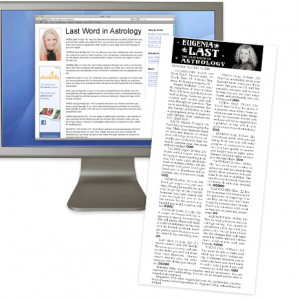Description
Colorful Old Recipe Booklets Offer Dainty Treats
With prices escalating rapidly for rare old hardcover cookbooks, interest has now extended to the colorful, kitschy, advertising-pamphlet-type recipe books put out in large editions by hundreds of companies, particularly from the 1910s through the 1950s.
It seems as if every appliance manufacturer and food product purveyor from Pillsbury to Planters Peanuts, Heinz to Hershey, Westinghouse to Waring, offered a selection of delicious dainty ladies’ or hearty he-man dishes aimed at the hardworking housewife. Many of these were given away as promotional giveaways or premiums.
Some of these booklets date back to the late 19th century. Pillsbury, for example, published the 16-page “Vitos Cookbook” in 1897, detailing instructions for using its new packaged wheat breakfast food in appetizing ways; it was followed by a 32-page version in 1900, incorporating recipes submitted by consumers who had entered them in a contest. Pillsbury also published the 16-page “Good Bread and How to Make It” in 1898.
Other less-commercial entities, such as women’s clubs and charitable organizations, societies, lodges and churches, also put out similar pamphlets, some more professional than others, in much more limited quantities. They are interesting for the insight they provide into regional tastes. Most of them ran less than 50 pages, sometimes offering household hints, medical advice and religious information along with the recipes. And, as opposed to the unillustrated classic hardcover cookbooks of the era, Fannie Farmer’s “Boston Cooking-School Cook Book,” “The Joy of Cooking” and “The Settlement Cookbook,” many of these were brimming with garishly colored pictures of food plated and ready to serve.
A typical example that I happened to pick up at a flea market for next to nothing a few years ago is titled “Citrus Recipes” and was put out by the Woman’s Improvement Club of Cloverdale, Calif., in 1926. In its 45-page format, it manages to squeeze in 178 recipes, including some so elementary, they probably wouldn’t find their way into any modern manual (e.g., Mrs. L. Rathbone’s Grapefruit: “Cut grapefruit in half and remove the pulp, sweeten this to taste and return to skins.”). In addition, there are some helpful citrus hints, such as putting a piece of lemon into a cupful of strong black coffee to cure a sick headache.
Another recipe booklet from 1906, “The Enterprising Housekeeper,” published by the Enterprise Manufacturing Company of Philadelphia, offers some interesting observations on the distinctive breakfast requirements of Americans: “We cannot work on the delicate fare of the Frenchman, nor can we so easily assimilate the heavy food of the Englishman. The morning meal must be dainty, palatable and nutritious.”
Sometimes the titles alone are enough to evoke their eras: Knox Gelatine’s “Dainty Desserts for Dainty People” suggests ladies’ teas and bridge parties, while “Easy Preserving for Victory,” complete with apron-ed housewife giving the ‘V for Victory’ sign, calls to mind the sacrifices of World War II do-it-yourself victory garden households and the emphasis on conservation of food.
Some collectors choose to focus on recipe booklets with iconic corporate symbols on their covers — Betty Crocker, the Sunbonnet Girl, the Jell-O Girl, the Campbell Kids, Mr. Peanut, Chiquita Banana, et al. In the case of Aunt Jemima, collectors of black memorabilia offer stiff competition to cookbook collectors. In fact, recipe pamphlets of black interest are among the most desirable on the current market. And as in everything else, celebrity connections count, whether they be fictional (radio’s “Aunt Jenny’s Favorite Recipes”) or real.
Another specialty prized by collectors of mini-cookbooks are those known as figurals, which are presented in the shape of a related object — a teapot or a slice of bread, for example, or a cookie jar or cookie. Also, those illustrated by a famous artist, such as Rose O’Neill — creator of the Kewpie doll — who produced the charmingly drawn “The Jell-O Girl Entertains.”
Linda Rosenkrantz has edited Auction magazine and authored 18 books, most recently “Beyond Ava & Aidan: The Enlightened Guide to Naming your Baby” (St. Martin’s Press). Visit her baby names website at http://nameberry.com. She cannot answer letters personally. To find out more about Linda Rosenkrantz and read features by other Creators Syndicate writers and cartoonists, visit the Creators Syndicate website at www.creators.com.







Reviews
There are no reviews yet.